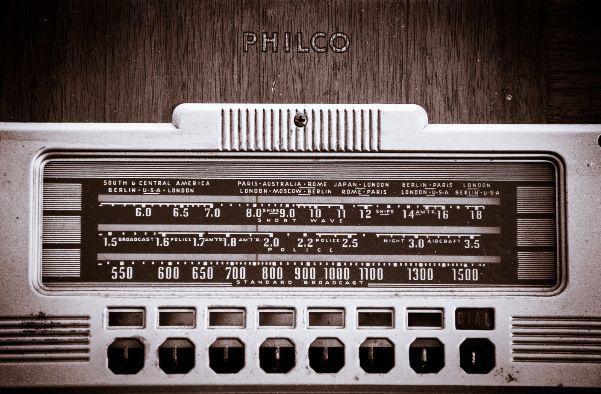

- © 2003 - 2025 Dynamix Productions, Inc. Contact Us 0



"TV gives everyone an image, but radio gives birth to a million images in a million brains."
Peggy Nooman
The recent presidential elections in Nigeria and Senegal stirred fond memories of my childhood. Specifically the "sounds" of Africa I remember growing up with. I haven't had the good fortune to go to Africa, but I've listened to it from afar. In the 1960s and 70s, radio was perhaps at its peak. AM radio stations played the hits, FM radio played the albums, and CB radios were in kitchens and cars. A lot of homes also had a shortwave radio. Today it's the internet that ties us all together. Back then, CBs connected us with our friends, AM and FM connected us with the country, and shortwave connected us with the world.